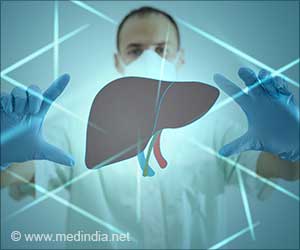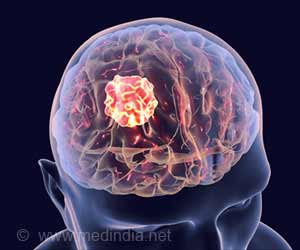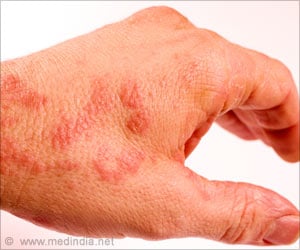A 79-year-old lady in Kerala becomes the first recorded victim of the new COVID-19 JN. 1 variant, which resembles the Omicron variant.
- Kerala reports the first case of COVID-19 JN. 1 variant in India
- Prior reports of the COVID-19 JN. 1 variant have been reported in the US, China, and a few European countries
- This new variant closely resembles the Omicron sub-variant called BA.2.86 or Pirola differing only in spike protein
Global Trends of the New COVID JN. 1 Variant
The first case of COVID-19 JN. 1 variant was detected in the US in September 2023. Seven cases of the same subvariant were detected in China on December 15. At present, JN.1 represents a small but significant portion, estimated to include 15–29% of variations that are now in circulation in the US. Although it hasn't become widespread in Europe yet, several nations have reported seeing it more frequently.COVID JN. 1 in India
Kerala is the most recent place where the coronavirus strain JN.1 was discovered. On December 8, the case was identified in an RT-PCR-positive sample from Karakulam in the southern state's Thiruvananthapuram district. The 79-year-old woman recovered from COVID-19 after experiencing moderate influenza-like illness (ILI) symptoms.All About COVID JN.1 Variant
The COVID JN.1 variant is most likely an Omicron subvariant called BA.2.86 or Pirola (1✔ ✔Trusted SourceOmicron new variant BA.2.86 (Pirola): Epidemiological, biological, and clinical characteristics - a global data-based analysis
Go to source). There is only one difference in the spike protein between JN.1 and BA.2.86, even though their names make them sound very different.
The spike protein is crucial to the virus's capacity to infect humans; it is called a "spike" because it mimics tiny spikes on the virus's surface. The Centers for Disease Control and Prevention (CDC) states that COVID-19 vaccines that target the virus's spike protein should also be effective against BA.2.86 and JN.1.
Symptoms
The symptoms that have been reported in patients thus far are fever, runny nose, sore throat, headache, and, in some cases, mild gastrointestinal issues. The majority of patients have mild upper respiratory symptoms that clear in four to five days.Scientists are concerned about its transmissible virulence and improved immune-evasion capabilities. However, currently, there is no concrete evidence suggesting that JN.1 induces more severe illness compared to other prevalent variants.
Treatment and Preventive Strategies
To reduce the possibility of JN.1 and other COVID-19 variations spreading, the CDC and other international health authorities stress public the need for ongoing surveillance and preventative actions. These include maintaining up-to-date immunization records, adhering to strict hygiene regimens, and seeking immediate medical assistance when symptoms arise.Evaluating this novel variant's reaction to current COVID-19 vaccinations and therapies is crucial to controlling it. Positively, early signs indicate that the most recent vaccinations are still effective against JN.1. Nevertheless, to guarantee the continuous effectiveness of present medical treatments against this variation, research and observation must be conducted.
To summarize, even though JN.1 is being closely watched, its emergence highlights how dynamic the COVID-19 epidemic is. Proactive action by health authorities, continued study, and collaboration from the general public are essential to stopping the spread of this variation and protecting communities.
Reference:
- Omicron new variant BA.2.86 (Pirola): Epidemiological, biological, and clinical characteristics - a global data-based analysis - (https://pubmed.ncbi.nlm.nih.gov/37843359/)
Source-Medindia
















